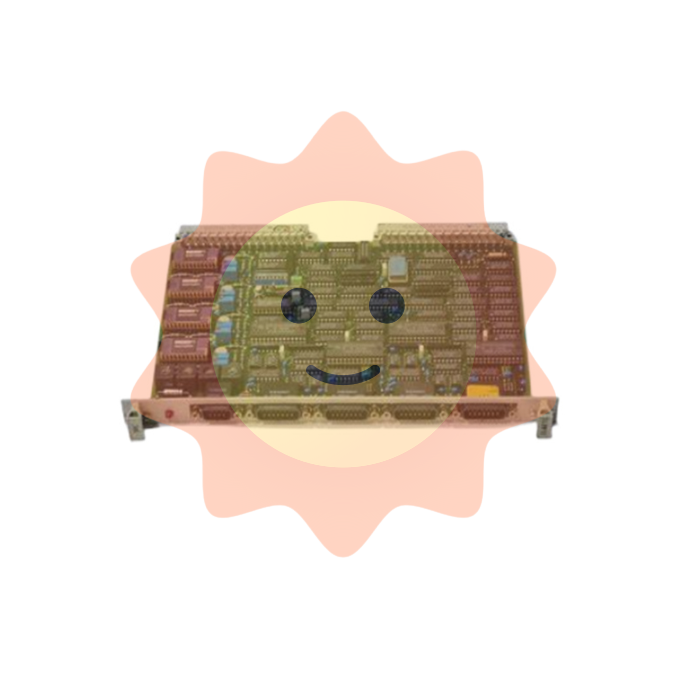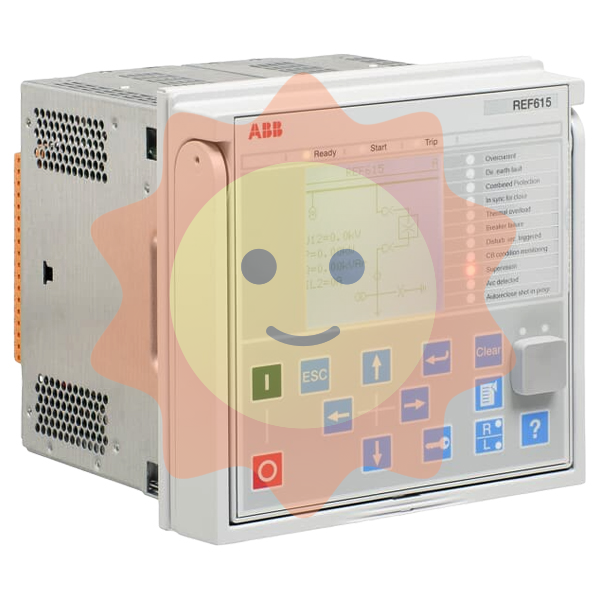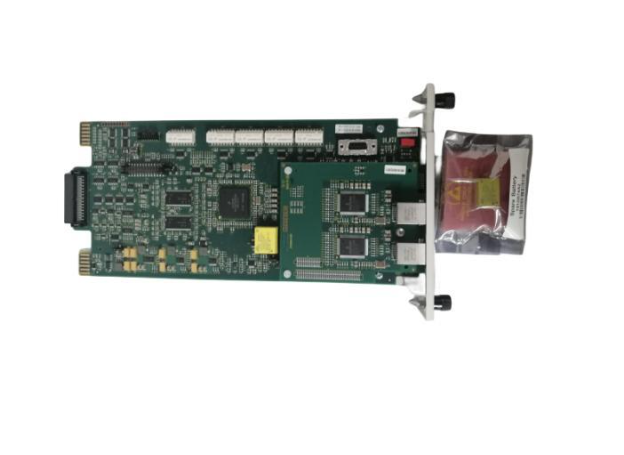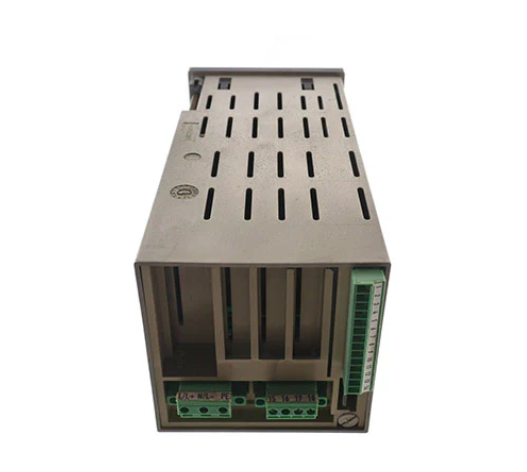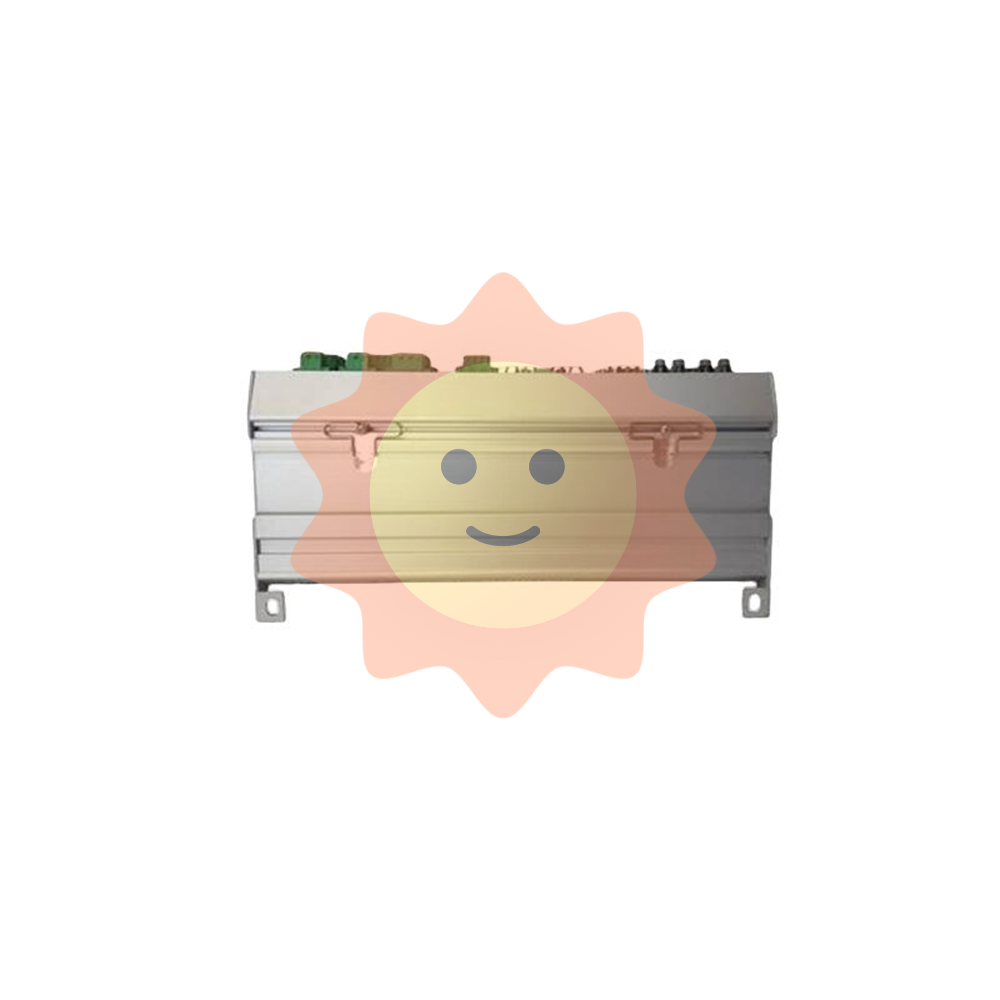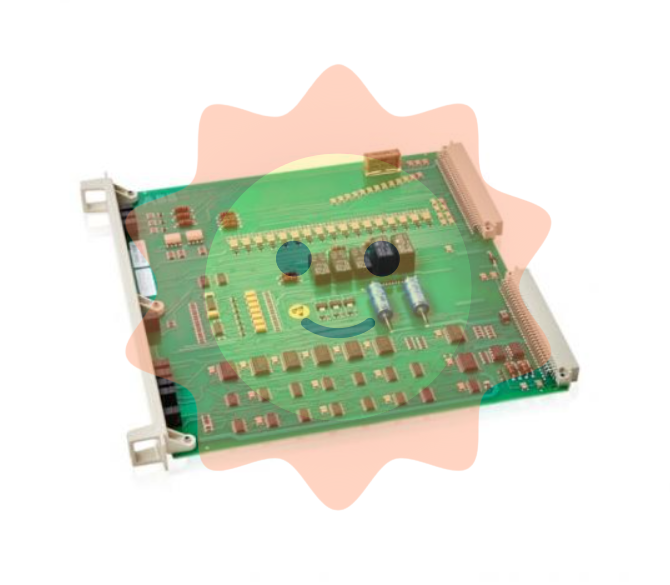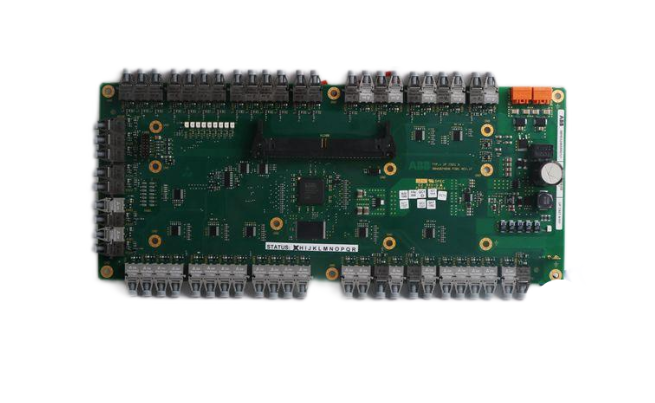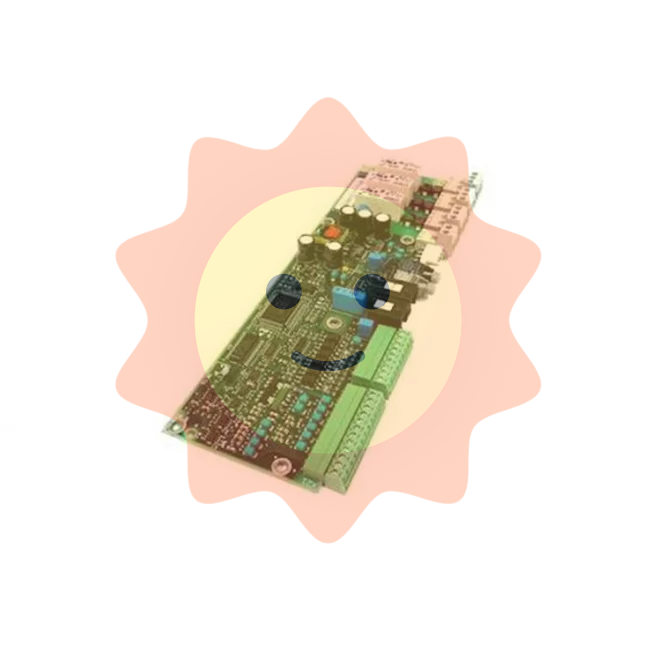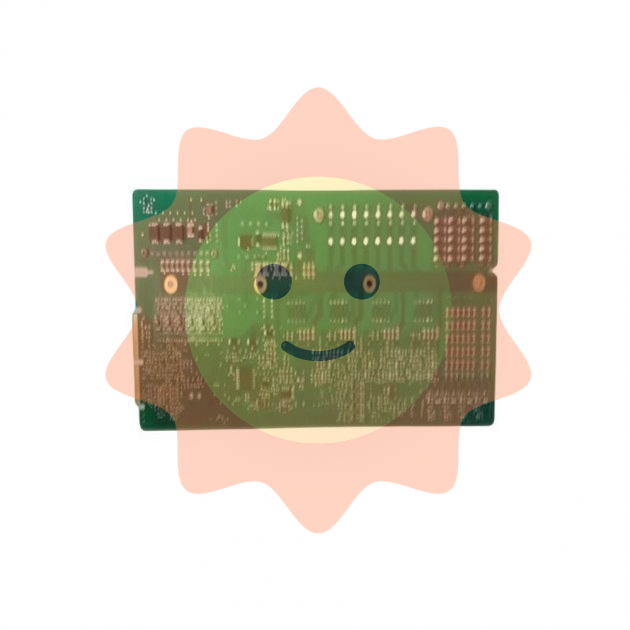Seven unavoidable errors in the printing industry
For professionals engaged in printing for a long time, some printing errors are objective and impossible to avoid; For customers who receive printed matter and play a decisive role in the acceptance of finished products, these errors are sometimes not fully understood. As a result, after the dispute, the communication between the two sides is very difficult, the customer thinks that the printing plant is unqualified, but looking for excuses and unreasonable sophistry; The printing plant thinks that the customer is unreasonable and the payment credit is problematic.
In this brief introduction to the objective errors in printing. The reason why it is objectively existing is because of the limits of the machinery itself, and these errors are inevitable, rather than due to human factors, such as poor management, improper quality control and other factors. These errors include:
1. Text errors in typesetting:
Typesetting is an important process before printing. To be exact, typesetting is a text arrangement work carried out by designers and producers using corresponding software at the behest and request of customers. Therefore, from the point of view of the printing house, customers are generally required to sign before printing. But sometimes due to the time crunch of the live parts, and based on the level of trust between the two parties, the customer may sometimes completely delegate the right to typesetting confirmation to the printing house. In this case, if something goes wrong, the customer may blame the designer for irresponsibility, such as typos or other typographical errors.
It should be said that the emergence of this error is not caused by the mechanical problems we have mentioned above, but is entirely a problem with process control. Therefore, we generally require that the customer's signature must be confirmed before the production of the film. Through mutual comparison, these errors can be reduced or eliminated to a large extent. But even so, in fact, there may still be some errors in the manuscript confirmed by the customer.
In this regard, we recommend drawing on the practice of some multinational companies, which generally mark "This information is for reference only and the Company is not responsible for any errors in the printed matter" at the back of important printed matter printed in a strict principle, so as to eliminate joint and several liability arising from typographical errors.

2. Film production and proofing error:
After the design and production personnel complete the typesetting and production work, they enter the scheduling process, which is what we usually call the film proofing. Generally speaking, the accuracy of the laser phototypesetter is in the range of 0.01-0.1 mm. At the same time, due to the difference in the film used, it will also lead to a certain error.
The most direct manifestation of this error is that in four films (black, red, yellow, blue), if a film (such as black edition) has a problem and needs to be filled, because the film output is different, the resolution may be different (not in the same batch of film), resulting in dot changes, the filled film may be overprinted with the previous three films. Therefore, when the piece should strive to form once, to minimize the patch. Of course, garbled characters or font changes due to font replacement during the film can be avoided if the relevant personnel are serious and responsible.
After the film (film) is produced, traditional analog proofing requires a set of four films to be used for proofing. In proofing, in order to achieve the accuracy and stability of four-color ink proof color, it is necessary to control and standardize three links, namely equipment, materials and quality standards. On the equipment, it is necessary to adjust the pressure of the proof press, the temperature of the plate and the air cushion blanket to ensure that the proof press is in the best working condition; In terms of materials, the same brand and the same series of inks should be standardized, and the use of four-color inks with different brands will cause the sample to be different from the characteristic files in the scanner, which directly affects the accuracy of color correction.
In addition to standardize the paper, in principle proofing and printing should use the same kind of paper; In terms of quality standards, attention should be paid to the field density value and the printing relative contrast value. If these factors cannot be taken into account when proofing, it will lead to errors in the printed product compared with the proofing. For example, the ink used for printing is different from the ink used for proofing; The paper used for printing is different from the paper used for proofing (such as using different brands of paper, or using different types of paper, such as copperplate, film and specialty paper); When prototyping, one-sided pursuit of minimizing the size of the network, resulting in small white holes in the center of the network. If these deviations occur, it will directly lead to the printed product can not catch up with the proofing. In fact, even if it is the same set of film, if the proofing twice, the hit out of the proof will be different.
3. Color error:
There are three kinds of color error, the first is the print and proofing color deviation; The second is that the color of the same batch of printed matter is inconsistent to a certain extent; The third is that there is a deviation between the color of the product printed in the print and the actual color itself. The first difference is that we usually say that the printing can not catch up with the proofing, and the reasons have been discussed above, such as ink problems, paper problems, and dot reduction problems.
For this difference, the printer should try to trace the sample, if the difference is very large, it should inform the customer in time, and the customer will sign the sample in person. The second difference is also an objective existence, the printing machine itself has been difficult to solve the problem. We know that in the printing process of the printing press, ink inking is a dynamic balance process, in the printing process, when the ink on the ink roller is reduced to a certain extent, the printer will automatically ink to compensate. The "certain degree" here will directly lead to a deviation in the color of the finished product printed at the front of a batch of printed parts and the finished product printed at the back. The third difference is actually a matter of psychological expectations.

We have encountered a customer, claiming that the color of the printed product is not completely consistent with the physical product itself, which is harmful to the company's image and even affects the company's order, and we think that its color deviation is acceptable. For this situation, it should be said that this deviation is objective and can not be entirely attributed to the quality control of the printing plant. We mentioned earlier that, to be exact, the color of the printed product is impossible to be completely consistent with the proofing, not to mention the ink color deviation will occur inside the same batch of prints. Proofing is only because it comes out first, it can be used as a reference standard, and customers may preconceive that proofing is good and right.
In this case, we generally consider the color of the product picture first, then the color of other pictures, and finally the decorative color bar or color block when printing. For the printed samples used for ordering, we recommend that customers add a note below the printed matter: "The color in this printed matter is for reference only, the color is subject to the actual object" to avoid unnecessary disputes.
4. Paper error:
Due to the problem of papermaking process, the brightness, thickness and texture of the same paper produced by different papermaking manufacturers will be different. For example, the same gram of coated paper produced by Zixing, Daewoo and Jin Dong three companies has different textures, and of course, the difference is not too big. Another example is Asia-Pacific offset paper, the fineness and whiteness of the paper are better than other domestic manufacturers, but the price is also about 50% higher.
In addition, the same gram of paper produced by the same manufacturer, due to different factory times, may change slightly in the production process, plus acceptable errors and other reasons, its brightness, thickness, texture is also different. In fact, in the label of each batch of paper purchased by the printing plant, the paper factory has made such a declaration in advance, requiring that it cannot be mixed with previous paper, so as to avoid bias in user comparison. For the printing plant, it should provide the customer with the printed product sample to be used before each printing, and put it into printing after being confirmed by the customer to avoid such disputes.
5. Printing machinery error:
The error of printing machinery is reflected in two points. One is the overprint accuracy problem, the other is the ink color problem. We know that color printing is actually a four-color overprint, that is, red, yellow, blue, black and four colors superimposed together, and the content of the overprint is reflected on the film, which is the dot we mentioned earlier, in popular terms, is a small dot.
According to China's printing machinery industry standard, the registration accuracy of the printing press, that is, the superposition accuracy of the network is 0.033mm, the actual mechanical accuracy is generally higher than this standard, mostly 0.01mm, of course, there are also some printing machinery for 0.1mm (mostly monochrome machine). But even so, if you use a 40-fold magnifying glass to observe the printed product, you can still see that the superposition of its dots is deviated. Therefore, in the process of the handover of printed products, we can only reach the point where there is no problem with the naked eye, unless the printed product is a rare treasure of a thousand years, the printing house is impossible to accept the practice of customers with magnifying glasses to find faults.
For the ink color problem, there is also a certain deviation due to the ink amount compensation of the inking device, which has been discussed in the previous, and will not be repeated here.

6. Cutting size error:
After the printing is complete, the next important step to enter is to cut the printed product with a paper cutter. When cutting the finished product, due to the error problem of the cutting tool itself, the error after cutting the finished product is also an objective existence.
In fact, according to the relevant national standards, the error range of the cutting size in the RMB printed product is 0.5 mm, and the error range of the securities printed matter is 1 mm. That is to say, the size of RMB and negotiable securities is not exactly the same, but its error must fall within a certain range. For general printed matter, the size error of cutting is more than 2 mm above and below.
7. Psychological expectation error:
To be precise, the psychological expectation error should not be included in the category of printing error we are talking about. The reason why I mentioned this problem is because in the process of our communication with customers, this problem is often encountered, difficult to solve, and have to face the problem. For customers who have long-term contact with print, after long-term experience and knowledge accumulation, they have the insight to distinguish right from wrong for what errors are acceptable and what errors are unacceptable, and it is easier to communicate with the printing house.
And some customers in the production of printed matter, may have very high psychological expectations, hoping to make the printed matter beautiful. For this part of the customer, the printing plant must take on the task of education and training the market, and communicate with customers. After all, print is print, not art. Poor communication is an unpleasant memory for both parties.
- EMERSON
- Honeywell
- CTI
- Rolls-Royce
- General Electric
- Woodward
- Yaskawa
- xYCOM
- Motorola
- Siemens
- Rockwell
- ABB
- B&R
- HIMA
- Construction site
- electricity
- Automobile market
- PLC
- DCS
- Motor drivers
- VSD
- Implications
- cement
- CO2
- CEM
- methane
- Artificial intelligence
- Titanic
- Solar energy
- Hydrogen fuel cell
- Hydrogen and fuel cells
- Hydrogen and oxygen fuel cells
- tyre
- Chemical fiber
- dynamo
- corpuscle
- Pulp and paper
- printing
- fossil
- FANUC
- Food and beverage
- Life science
- Sewage treatment
- Personal care
- electricity
- boats
- infrastructure
- Automobile industry
- metallurgy
- Nuclear power generation
- Geothermal power generation
- Water and wastewater
- Infrastructure construction
- Mine hazard
- steel
- papermaking
- Natural gas industry
- Infrastructure construction
- Power and energy
- Rubber and plastic
- Renewable energy
- pharmacy
- mining
- Plastic industry
- Schneider
- Kongsberg
- NI
- Wind energy
- International petroleum
- International new energy network
- gas
- WATLOW
- ProSoft
- SEW
- wind
- ADVANCED
- Reliance
- YOKOGAWA
- TRICONEX
- FOXBORO
- METSO
- MAN
- Advantest
- ADVANCED
- ALSTOM
- Control Wave
- AB
- AMAT
- STUDER
- KONGSBERG
- MOTOROLA
- DANAHER MOTION
- Bently
- Galil
- EATON
- MOLEX
- Triconex
- DEIF
- B&W
- ZYGO
- Aerotech
- DANFOSS
- KOLLMORGEN
- Beijer
- Endress+Hauser
- MOOG
- KB
- Moxa
- Rexroth


Email:wang@kongjiangauto.com
































































































